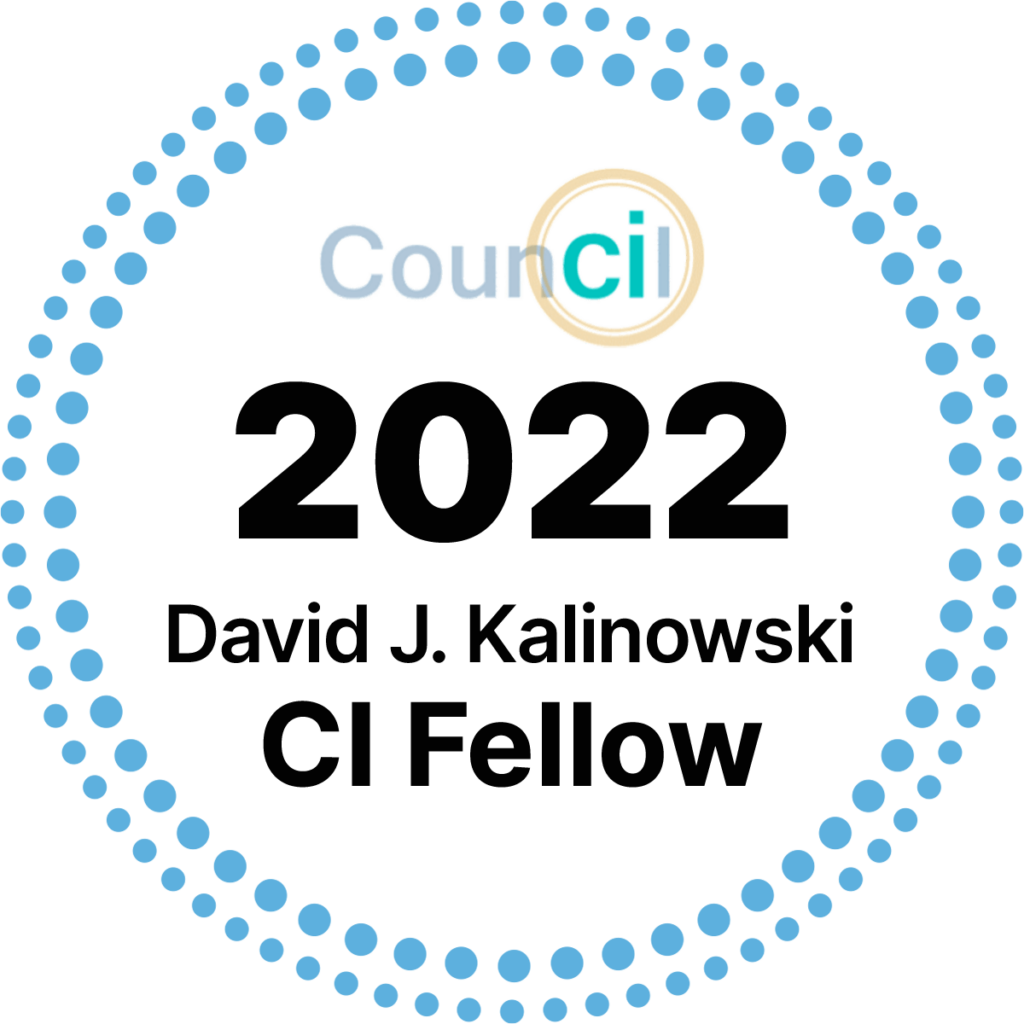Published: July 12, 2016

Emerging Threats: Customer Switching Strategies – Channel Partners as Competitors
Problem
Many companies are being caught by surprise by a recent trend: threats to their revenue and margins as a result of customer (buyer) consolidation and substitution strategies. These strategies are helping channel partners (buyers/distributors/dealers) significantly increase their bargaining power in a number of market segments, including rehabilitation, dentistry, pharmacies, specialty pharmacies and eye care.
Silent Revenue Killers
Channel partners are often tied to agreements that allow multiple suppliers to be offered, often under the premise of a tiered approach (pricing tiers, quality tiers, availability tiers, etc.). However, consolidation of channel partners (via market pressures, manufacturer preferences, or industry pressure) creates a situation that is silently killing leading manufacturer revenue streams.
As channel partners gain more volume and visibility to their operations, they quietly influence (while significantly shifting) the consumer’s choice from your brand to one on which they earn a higher margin, similar to the way grocery retailers operate when evaluating what brands to carry on a shelf. Technology has led to more transparency at the partner level, which helps fuel this shift even more. In many instances, top brands are used to attract the customer –and then partners seek to quietly switch them to brands that have lower operating costs (to the channel partners), higher margin agreements, and higher growth opportunities (brands that open doors to more profitable secondary or tertiary products).
Multi-Market Payoffs
This strategy is paying off handsomely for many segments because ultimately these channel partners are leveraging their access to the consumer at the moment of choice to drive their own sales and margin – typically at the expense of the manufacturers.
This strategy is being employed across multiple markets. The impact is felt in segments as diverse as beer, traditional pharmacies, inflammation/pain, spirits, pet food and even American cheese.
Which market segments are next? Our recent experience suggests that these strategies will accelerate or emerge in markets that include dermatology, pain, specialty pharmacy, healthcare coverage and respiratory care.
With buyers seeking to substitute your products and brands for each and every sale, while at the same time their purchasing leads are forcing concessions from your national accounts team, how can you really know which of your channel partners are actually ‘partners’?
Guerilla Tactics to Watch Out For
One highly effective tactic to watch out for is when a large company’s buyer implements a new partnership with a smaller, substitute competitive company. By leveraging the buyer’s access to consumers, these partnerships typically include co-promotion and point-of-sales (or treatment) intervention by the smaller manufacturer’s representatives to switch the consumer. This guerilla marketing tactic is shifting consumers in large numbers before their larger rival companies even notice and have a chance to act.
Are there areas where your business plan is underperforming expectations? In what region or market segment are your sales ‘soft’ this year? Are your traditional returns on branding and advertising metrics lagging? If so, your sales might be getting switched through a buyer and competitor alliance.
Solution
Proactive’s market entry and defense services can help you identify where and when these strategies are deployed against your brands. Our primary source research and detailed, actionable analyses can help you identify and implement strategies to blunt these initiatives – and ultimately meet your sales and profitability objectives.














